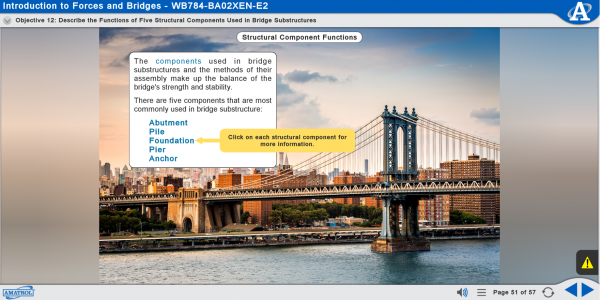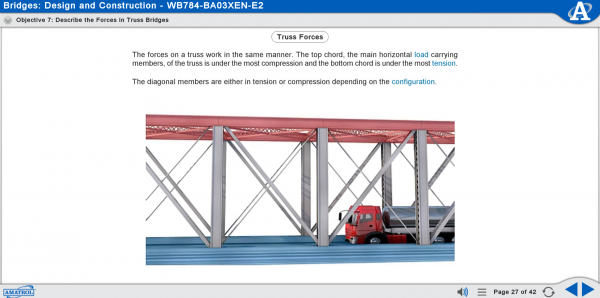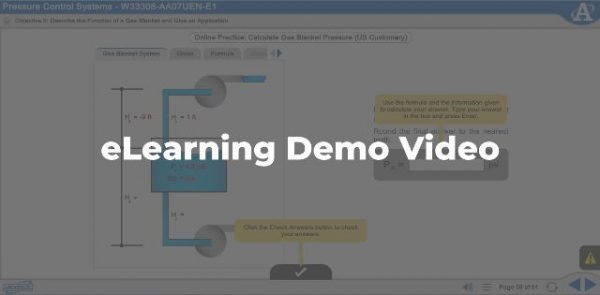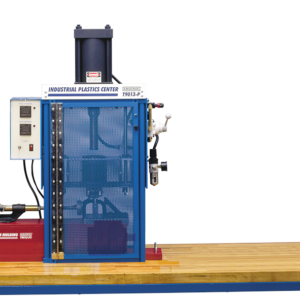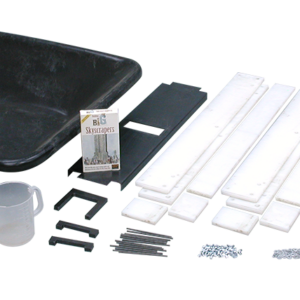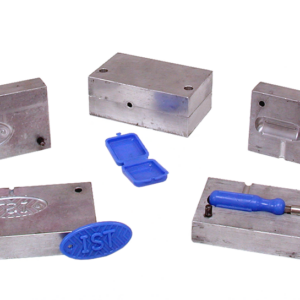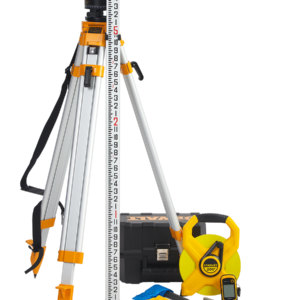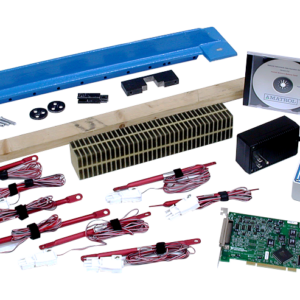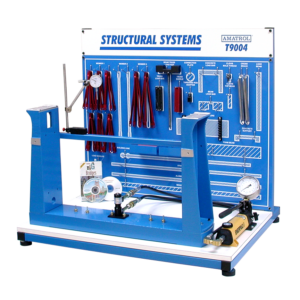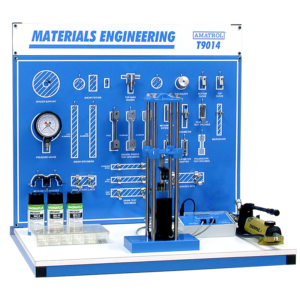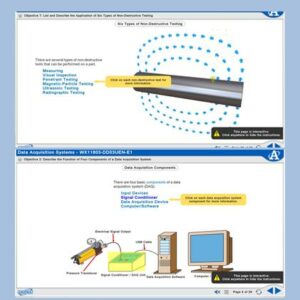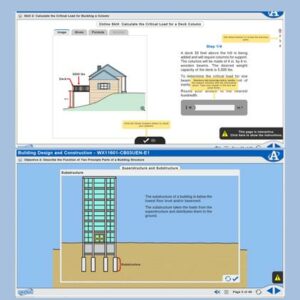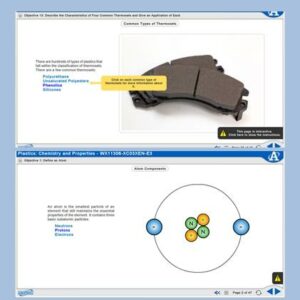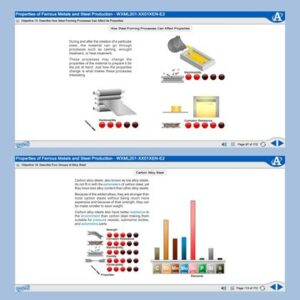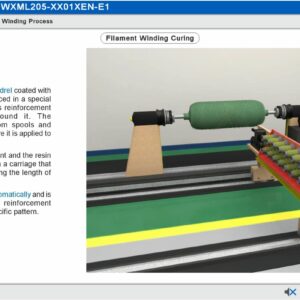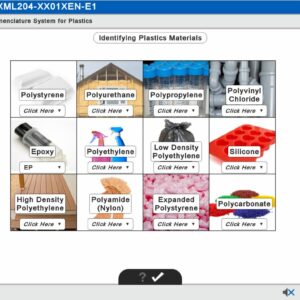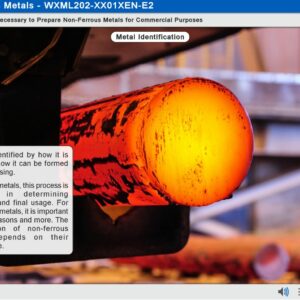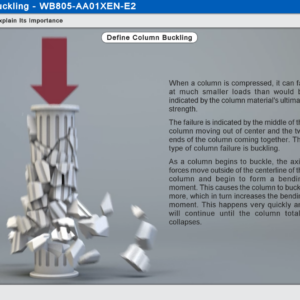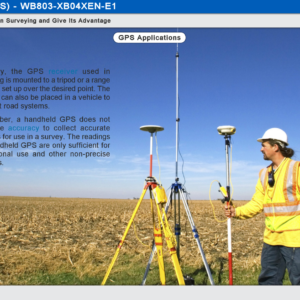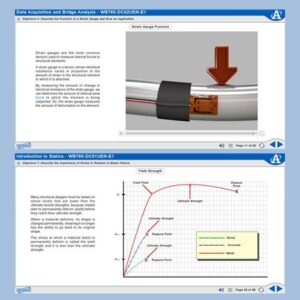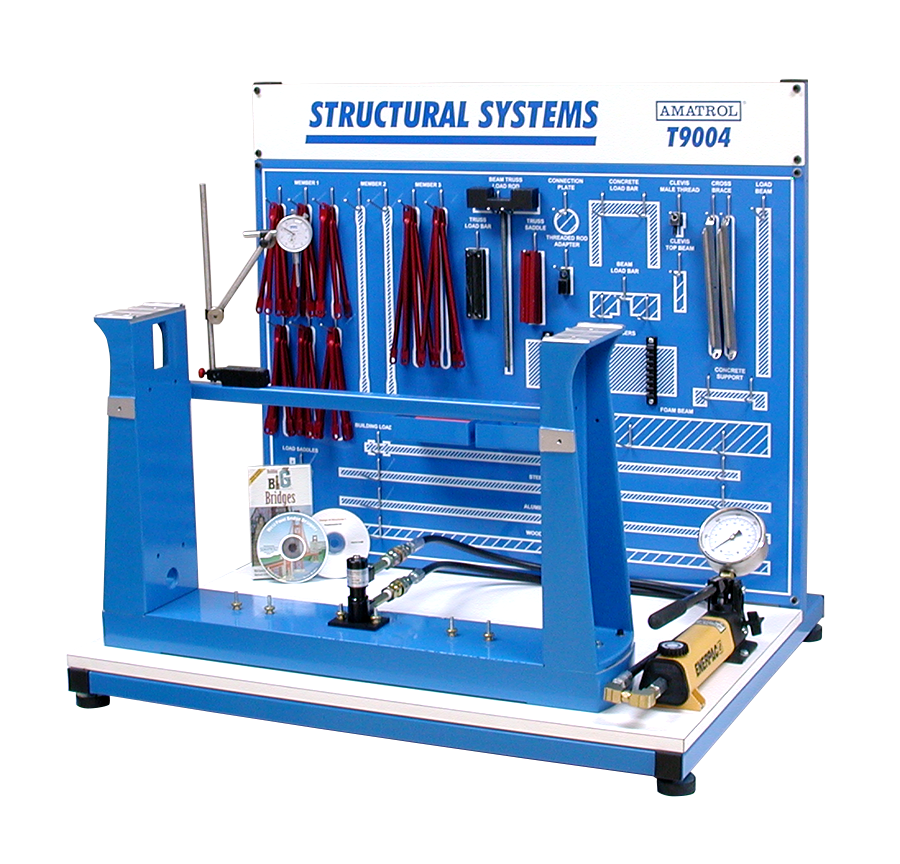
Requires:
- Computer (see Computer Requirements)
Options:
- Structural Engineering 2 Learning System (96-SE2)
- Structural Engineering 3 Learning System (96-SE3)
- Mobile Technology Workstation (82-610)
Amatrol’s Structural Engineering 1 Learning System (96-SE1) introduces learners to the field of civil engineering. Civil engineers are responsible for creating structures such as skyscrapers, bridges, tunnels, dams, mass transit systems, water treatment facilities, and many more structures that we use every day for living, transportation, and industry. Learners will learn the fundamentals of structural analysis as well as bridge design and construction.
The structural engineering training system includes the T9004 Structural Testing Systems consisting of a workstation, bridge component sets, a test fixture set, indicator package, bridge designer software, supplemental CD, and interactive multimedia student curriculum. These components are used to teach topics such as civil engineering careers, structural stability, force vectors, and bridge design.

